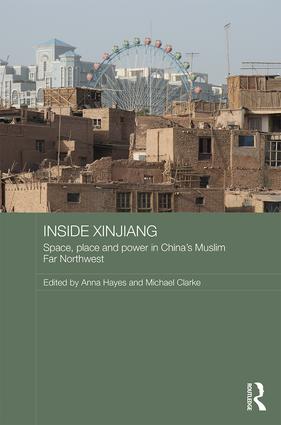Description
Shipping for this item is FREE, please allow 15 days for shipping. As its shipped from our Auckland warehouse there is no unexpected import charges, custom duties or taxes.
Condition: BRAND NEW
ISBN: 9781138780798
Year: 2015
Publisher: Taylor & Francis
Pages: 266
Description:
The Xinjiang Uyghur Autonomous Region is China’s largest province, shares borders with Kazakhstan, Kyrgyzstan, Tajikistan, Afghanistan, Pakistan, Russia and Mongolia, and possesses a variety of natural resources, including oil. The tensions between ethnic Muslim Uyghurs and the growing number of Han Chinese in Xinjiang have recently increased, occasionally breaking out into violence. At the same time as being a potential troublespot for China, the province is of increasing strategic significance as China’s gateway to Central Asia whose natural resources are of increasing importance to China. This book focuses in particular on what life is like in Xinjiang for the diverse population that lives there. It offers important insights into the social, economic and political terrains of Xinjiang, concentrating especially on how current trends in Xinjiang are likely to develop in the future. In doing so it provides a broader understanding of the region and its peoples.
Condition: BRAND NEW
ISBN: 9781138780798
Year: 2015
Publisher: Taylor & Francis
Pages: 266
Description:
The Xinjiang Uyghur Autonomous Region is China’s largest province, shares borders with Kazakhstan, Kyrgyzstan, Tajikistan, Afghanistan, Pakistan, Russia and Mongolia, and possesses a variety of natural resources, including oil. The tensions between ethnic Muslim Uyghurs and the growing number of Han Chinese in Xinjiang have recently increased, occasionally breaking out into violence. At the same time as being a potential troublespot for China, the province is of increasing strategic significance as China’s gateway to Central Asia whose natural resources are of increasing importance to China. This book focuses in particular on what life is like in Xinjiang for the diverse population that lives there. It offers important insights into the social, economic and political terrains of Xinjiang, concentrating especially on how current trends in Xinjiang are likely to develop in the future. In doing so it provides a broader understanding of the region and its peoples.

